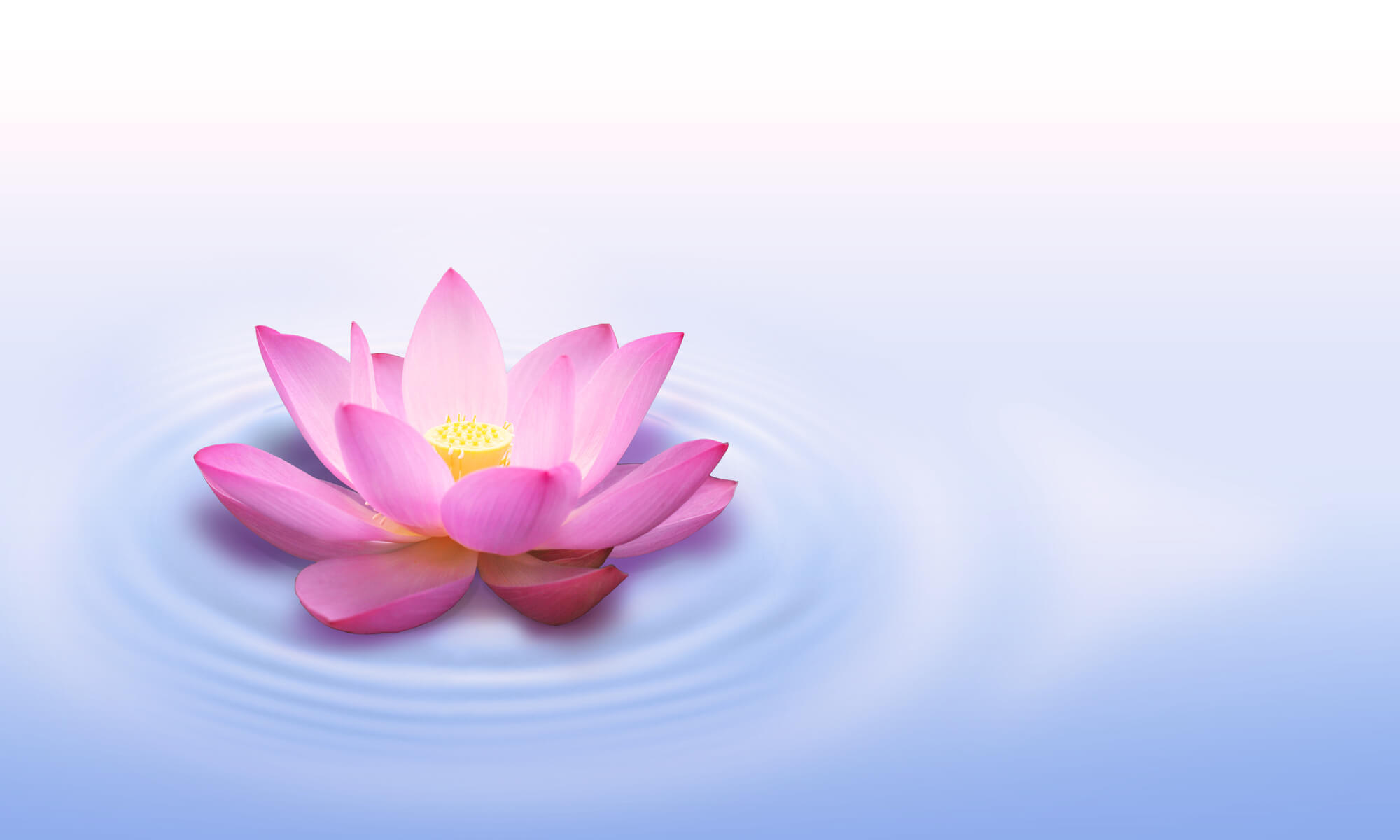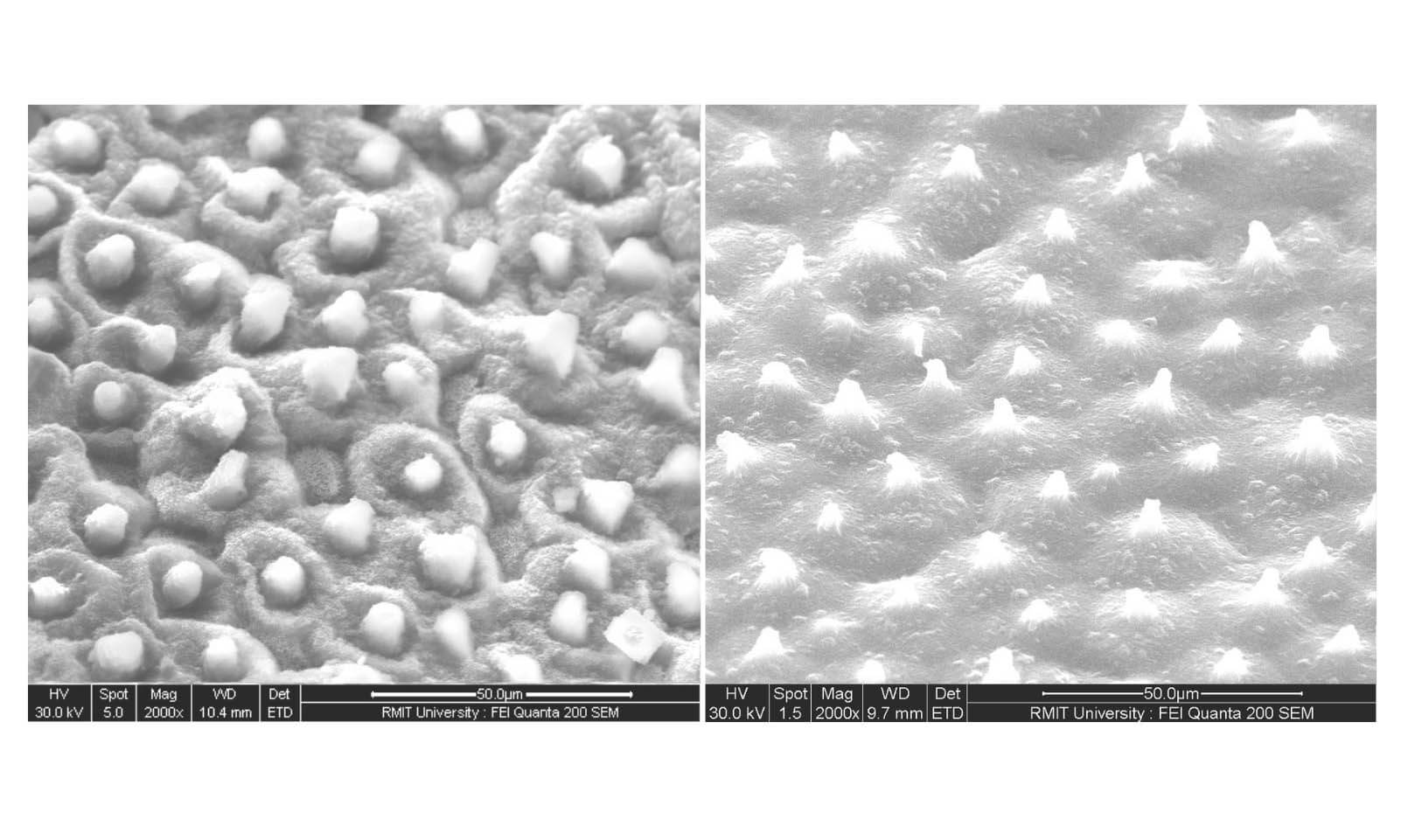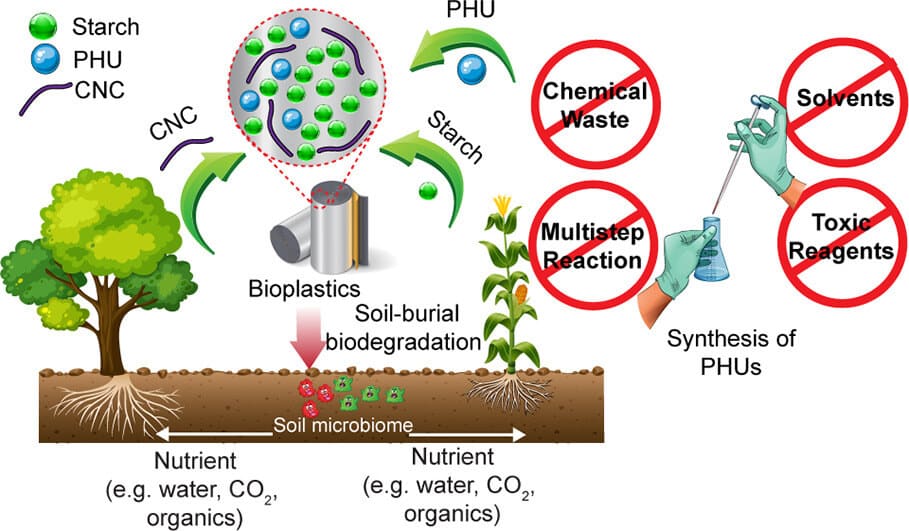Inspired by the ever-clean lotus leaf, researchers have developed a self-cleaning bioplastic that is stable, sustainable and compostable * Not all bioplastics or bio-derived plastics are actually easily biodegradable
[Translation by Dr. Moshe Nachmani]

Researchers from the University of Melbourne in Australia have succeeded in developing a plastic that repels liquids and dirt - just like the leaves of the lotus plant, and in addition, it decomposes quickly as soon as it is buried in the ground. The researchers, who published their research findings in the scientific journalScience of the Total Environment, the innovative bioplastic is said to be ideal for fresh food packaging and food deliveries.
"Plastic waste constitutes one of the biggest environmental challenges, but the alternatives to it that are being developed today should be both environmentally friendly and cheap, with the aim of making these alternatives common," said the chief researcher. "We developed our innovative bioplastic with the aim of also producing it on a large, commercial scale, while we guarantee that its production will be simple while obtaining a product that will be easy to integrate into existing industrial production processes."
The researchers explain that nature is full of many ingeniously designed structures that could inspire researchers interested in developing multi-functional and high-performance materials. "We succeeded in duplicating the amazing water-repellent structure of lotus leaves in order to develop a unique type of bio-plastic that accurately combines both the strength and the ability to biodegrade the lotus leaves." The innovative bio-plastic is made from cheap and common raw materials - starch and cellulose - in order to lower production costs and to encourage rapid biological decomposition. The production process does not require heating or advanced equipment, and in the future it will be possible to increase the scale of production to a commercial level, says the lead researcher.

While biodegradable plastic is a growing commercial market, not all products in this field are the same. Most biodegradable plastic products require industrial production processes as well as high temperatures in order to break them down. The innovative bio-plastic is not required for this, in light of the experiments that showed that it breaks down naturally and quickly in the soil. "You have to understand that there are big differences between plant-based materials - just because a product is made of plant-based ingredients, it does not mean that the product will actually break down easily," explains the lead researcher. "We have carefully chosen our raw materials so that they can easily decompose biologically from the moment they enter the soil by the bacteria present there. "Our ultimate goal is to provide packaging materials that can, at the end of their journey, reach the compost facility in the garden or be thrown into the biological waste container at the same time as other organic waste, so that the food waste can be transferred to the compost together with the container or packaging in which the food arrived, this in order to help prevent food contamination in the process The recycling".
Lotus leaves are known for having the most water-repellent surface area in nature, and are almost impossible to get dirty. The secret to this is found in the structure of the surface of the leaf, which consists of thin columns coated with a layer of wax. Any amount of water that lands on the leaf remains as a drop that simply rolls away from the leaf with the help of gravity or gusts of wind. During this process, the drops absorb the dirt on top of the leaf as they fall from the leaf, thus leaving it clean.

In order to develop their innovative bioplastic, the researchers first created a synthetic plastic made from nanoparticles of starch and cellulose. The surface of the synthetic plastic was stamped by a pattern imitating the structure of the lotus leaves, then it is coated with a protective layer of organic polymer based on silicon (silicone). Experiments have shown that not only does the bio-plastic effectively repel liquids and dirt, but that it retains its self-cleaning properties even after scratches and exposure to heat, acids and alcohol. The lead researcher says the design overcomes major challenges in the field of starch-based materials. "Starch is one of the most promising and versatile natural polymers, but it is quite fragile and sensitive to moisture," said the researcher. "With the help of our engineering inspired by nature, which imitates the 'lotus flower', we were able to develop a bio-freak plastic based on starch". The researchers are currently working in collaboration with a bioplastic manufacturing company and are trying to develop more innovative water-repellent materials.
The news about the innovative plastic
More of the topic in Hayadan:
